The Niō (Jp. = benevolent kings) are a pair of protectors – Agyō and Ungyō – who stand guard outside the gate of Japanese Buddhist temples, one on either side of the entrance. In Japan, the gate itself is often called Niō-mon 仁王門 (literally Niō Gate).
Agyō, on the right, holds a Vajra, a legendary and ritual weapon that symbolizes the properties of a diamond (indestructibility) and of a thunderbolt (irresistible force). Ungyō holds his left hand in a clenched fist.
Agyō 阿形
Open mouth pronouncing “AH” – to scare away demons.
Ungyō 吽形
Mouth closed pronouncing “UN” – to shelter / maintain a good mood.
The fierce and menacing appearance of the Niō is said to ward off evil spirits and keep the temple grounds free from demons and thieves. In some accounts, the Niō were said to have followed and protected the historical Buddha when he traveled throughout India. They have since been adopted by the Japanese into the Japanese Buddhist pantheon.
In Shintō shrines, the Niō guardians are replaced by a pair of koma-inu (Shishi lion-dogs) or by two foxes. These mythical and magical shrine guardians are commonly (but not always) depicted with similar iconography: one mouth open, one closed.
Meiji period 19th century
Sizes: 40 x 17 x 12 cm.
Condition report: Very Good condition





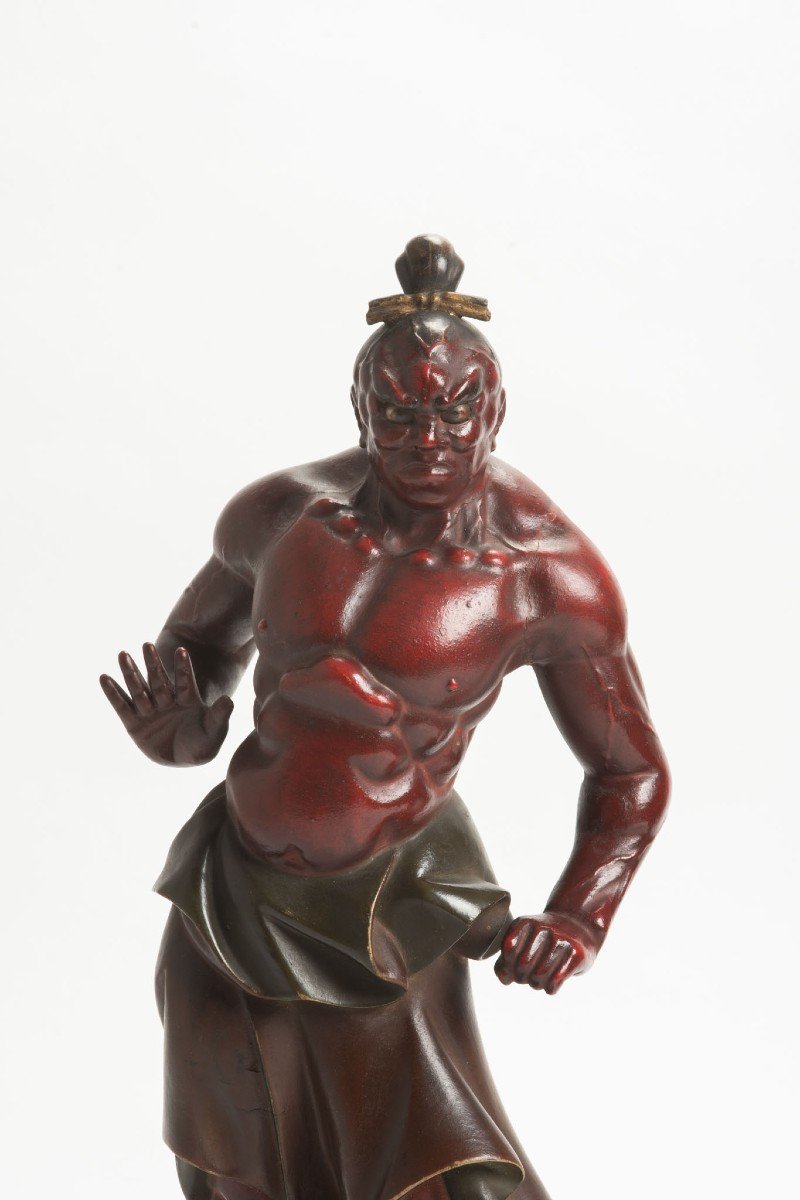















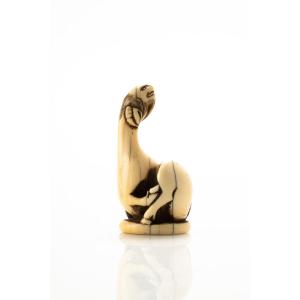
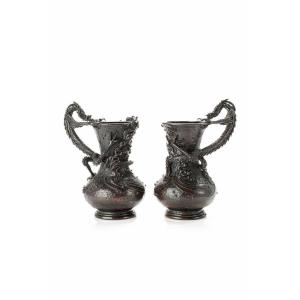

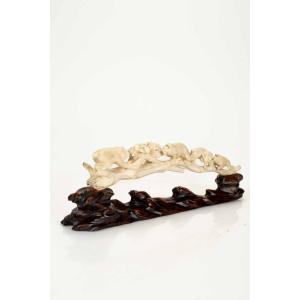





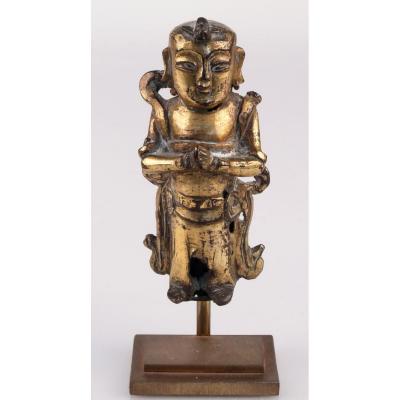



 Le Magazine de PROANTIC
Le Magazine de PROANTIC TRÉSORS Magazine
TRÉSORS Magazine Rivista Artiquariato
Rivista Artiquariato